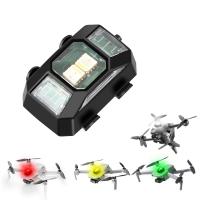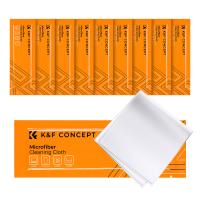How To Make Projector At Home?
Creating a homemade projector can be a fun and educational project that allows you to understand the basic principles of optics and projection. Whether you want to project movies, presentations, or images, building your own projector can be a rewarding experience. In this article, we will explore the step-by-step process of making a simple projector at home using readily available materials. We will also discuss the science behind how projectors work and provide tips for optimizing your homemade projector for the best results.
Understanding the Basics of Projection
Before diving into the construction process, it’s essential to understand the basic principles of how a projector works. A projector essentially takes an image or video from a small screen and enlarges it onto a larger surface, such as a wall or a screen. This is achieved through the use of lenses and light. The key components of a basic projector include:
1. Light Source: Provides the necessary illumination to project the image.
2. Lens: Focuses and enlarges the image onto the projection surface.
3. Image Source: The content you want to project, such as a smartphone screen or a printed image.
4. Enclosure: Holds all the components in place and blocks out external light to improve image quality.
Materials Needed
To build a simple homemade projector, you will need the following materials:
- A cardboard box (shoebox size works well)
- A magnifying glass (the lens)
- A smartphone or a printed image
- Black paint or black paper (to line the inside of the box)
- Tape or glue
- Scissors or a utility knife
- A ruler and a pencil
Step-by-Step Guide to Making a Homemade Projector
Step 1: Prepare the Box
Start by selecting a cardboard box that is large enough to hold your smartphone or image source. The box will serve as the enclosure for your projector. To improve the image quality, you need to block out any external light. Paint the inside of the box black or line it with black paper. This will help to absorb any stray light and enhance the contrast of the projected image.
Step 2: Create the Lens Holder
Next, you need to create a hole for the magnifying glass, which will act as the lens of your projector. Measure the diameter of the magnifying glass and mark a circle of the same size on one end of the box. Carefully cut out the circle using scissors or a utility knife. Insert the magnifying glass into the hole and secure it in place with tape or glue. Make sure the lens is centered and stable.
Step 3: Position the Image Source
Now, you need to position your smartphone or printed image inside the box. If you are using a smartphone, place it at the opposite end of the box from the lens. You may need to create a stand or support to hold the phone in place. Ensure that the screen is facing the lens and that it is aligned properly. If you are using a printed image, tape it to the inside of the box, facing the lens.
Step 4: Adjust the Focus
To achieve a clear and sharp image, you need to adjust the focus of your projector. This can be done by moving the smartphone or image source closer to or further away from the lens. Experiment with different distances until you find the optimal focus. You may also need to adjust the angle of the box to ensure that the image is projected straight onto the surface.
Step 5: Test the Projector
Once everything is set up, it’s time to test your homemade projector. Turn off the lights in the room and point the lens towards a blank wall or a projection screen. Turn on your smartphone or illuminate the printed image. You should see the image projected onto the wall. If the image is blurry, continue to adjust the focus until it becomes clear.
Tips for Optimizing Your Homemade Projector
- Brightness: The brightness of the projected image depends on the light source. If you are using a smartphone, increase the screen brightness to the maximum. If you are using a printed image, ensure that it is well-lit.
- Image Quality: The quality of the projected image can be affected by the resolution of your smartphone screen or the clarity of the printed image. Use high-resolution images for the best results.
- Projection Surface: The surface onto which you project the image can also impact the quality. A smooth, white wall or a dedicated projection screen will provide the best results.
- Lens Quality: The magnifying glass you use as the lens should be free of scratches and distortions. A high-quality lens will produce a clearer image.
Understanding the Science Behind Projectors
The homemade projector you have built operates on the same basic principles as commercial projectors. The key concept is the manipulation of light and lenses to enlarge and project an image. Here’s a brief overview of the science behind it:
- Light and Lenses: The magnifying glass acts as a convex lens, which bends and focuses light. When light passes through the lens, it converges to form an image on the other side. By adjusting the distance between the lens and the image source, you can control the focus and size of the projected image.
- Inversion of Image: One interesting aspect of projection is that the image is inverted when it passes through the lens. This means that the image will appear upside down on the projection surface. To correct this, you can either invert the image on your smartphone screen or position the printed image upside down inside the box.
- Blocking External Light: By painting the inside of the box black or lining it with black paper, you minimize the amount of external light that can interfere with the projected image. This enhances the contrast and clarity of the image.
Building a homemade projector is a fascinating project that combines creativity with basic principles of optics. By following the steps outlined in this article, you can create a simple yet functional projector using everyday materials. Not only will you gain a deeper understanding of how projectors work, but you will also have a unique device to enjoy movies, presentations, and images on a larger scale. Remember to experiment with different setups and adjustments to optimize the performance of your homemade projector. Happy projecting!














There are no comments for this blog.